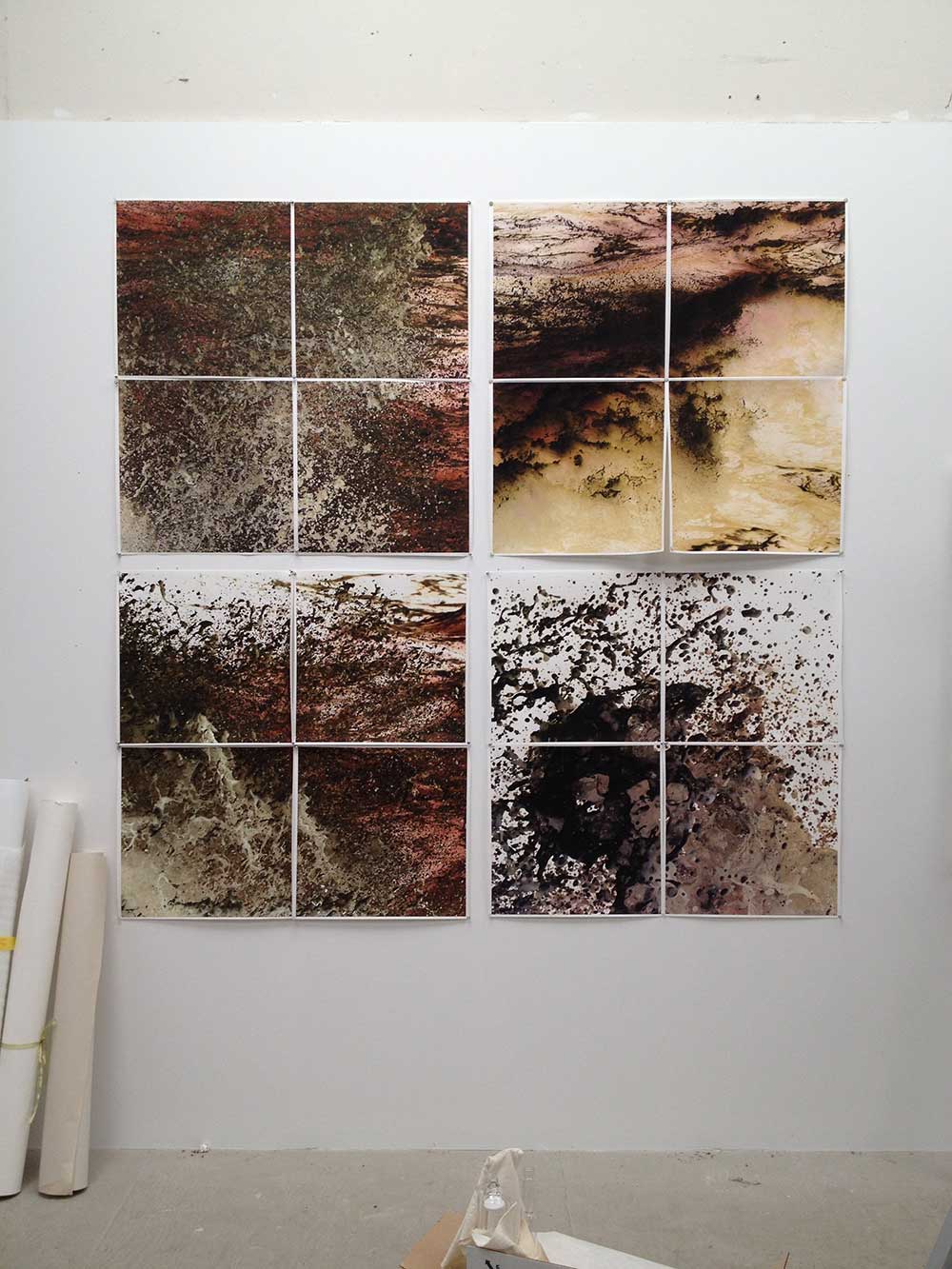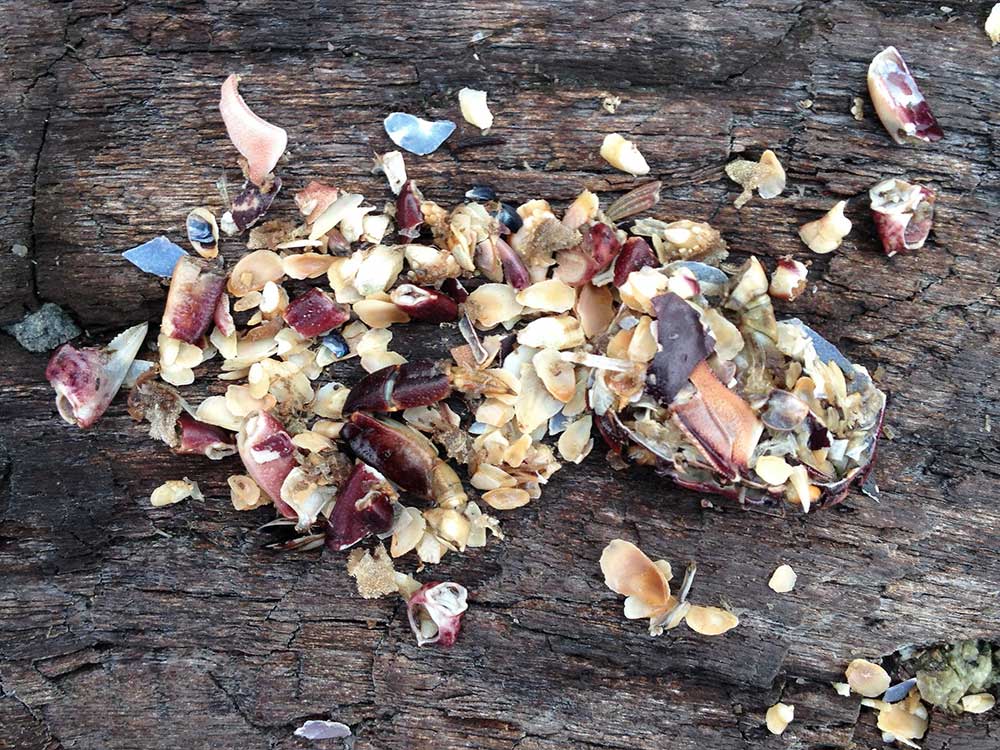This small stretch of coastal Pacific is part of the Greater Farallones National Marine Sanctuary, and according to the NOAA (National Oceanic & Atmospheric Association), this part of the Pacific experiences three seasons, rather than the four seasons of nearby terrestrial life. They are, with short descriptions: Continue reading
Page 3 of 4

I’ve been working on this piece since late summer, in short bursts in between other things. The pieces were small, at first. They kept curling in on themselves, the curve of the shell quickly resolving into abalone-sized abalone. And the Japanese enamels traditionally used in kintsugi kept giving me crazy rashes identical to poison oak. I kept pushing against the natural inclination of the shell to curl into a finished form. I wasn’t sure how big I wanted the final piece to me, but I knew I wanted it to grow monstrous. Continue reading
At the end of “The Ocean at Home: An Illustrated History of the Aquarium” the author Bernd Brunner admits to trouble in paradise, and offers this quote from the son of Phillip Henry Gosse, writing about his father in 1907. Gosse was a popularizer of the aquarium in the mid to late 19th century, and his books and lectures contributed to a craze in home aquariums. This led, of course, to a massive plundering of sea life from seashores around the world. Continue reading
I’m not sure what this is. It’s about four inches square, and was on a massive piece of driftwood on the rocky beach at Gerstle Cove, Salt Point. It looks a bit like leftovers, shells from a number of meals. With the exception of the large crab shell at center right, all of the pieces are strangely similar in size. A series of lunches? Purging? Le petit dejeuner? It looks like mostly … and bits of crab shell, too consistent to be random. I like it best as a painting, as pure composition.
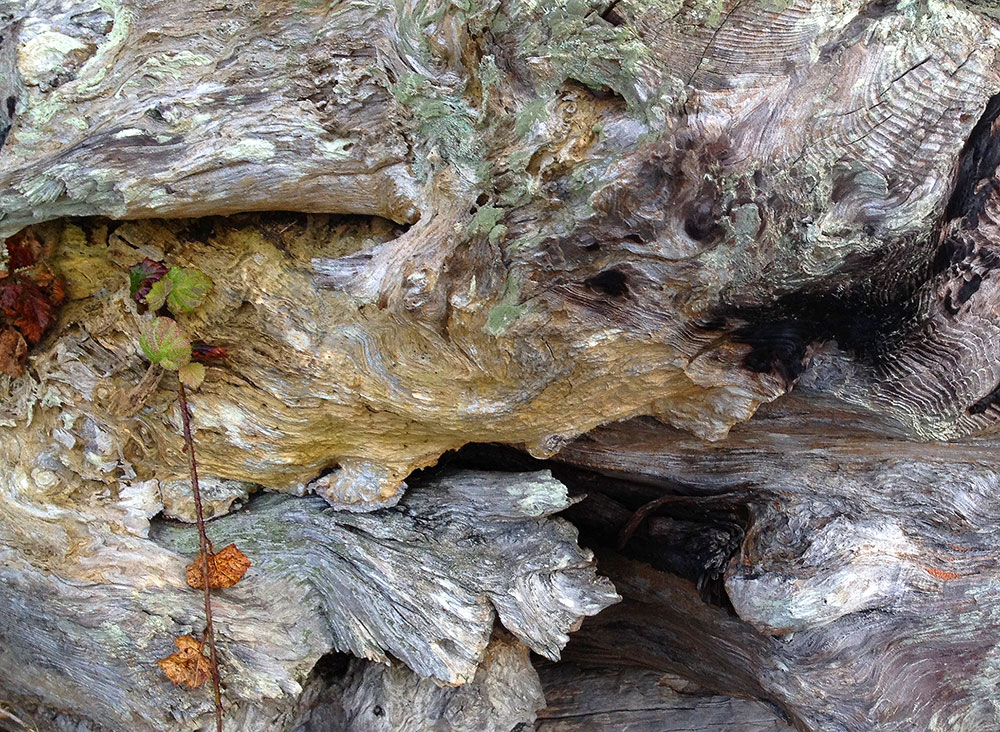
weather beaten in Kulmer Gulch
I’ve been reading The Ocean at Home: an Illustrated History of the Aquarium by Brend Brunner. It was a gift from Marcia Tanner back in 2006, and I’m just getting around to reading it, but it’s perfect timing.
Like nearly all texts about science history, there’s an undercurrent of the macabre. On page 26 there’s a story about Scottish scientist Sir John Dalyell who, in 1827, brought a captive anemone (Actinia equina) home from North Berwick and essentially kept it as an experimental pet in his home aquarium. He fed it “pieces of mussels and oysters,” so these must have been dead already, and he changed the water in the aquarium daily, supposedly.
D’Arcy Wentworth Thompson (On Growth and Form) wrote about this anemone in his book Science and the Classics. Apparently, this anemone outlived Dalyell by a couple of decades, passing away in 1887 at the age of sixty. Continue reading
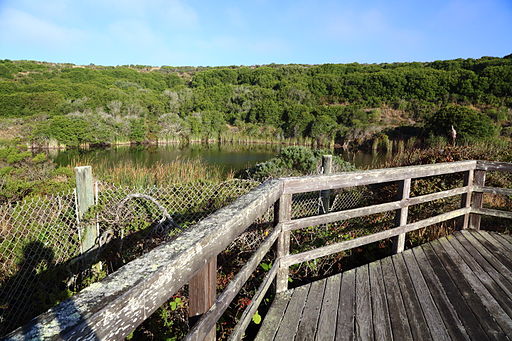
photo: Don McCullough. Foundation for nuclear power plant once planned for Bodega Bay.
This passage is from Caterpillage by Henry Berger, and seems apropos for a fermenting administration that threatens to destroy our fragile coast in the search for oil and more.
“Pleonexia means not only ‘having more’ (a literal translation) but wanting to have more – wanting to be bigger, better, superior. It means never having enough because you aspire to total and immortal self-sufficiency, even if that involves draining the rest of the world of power, wealth, pleasure, and being. But there’s also a more defensive side to pleonexia in a society whose members are aware of competing with each other: pleonexia involves wanting to take from another before another takes from you.
… The shadow of pleonexia or vanitas that falls across the embarrassment of riches … has the form of an enormous, incessantly munching caterpillar.”
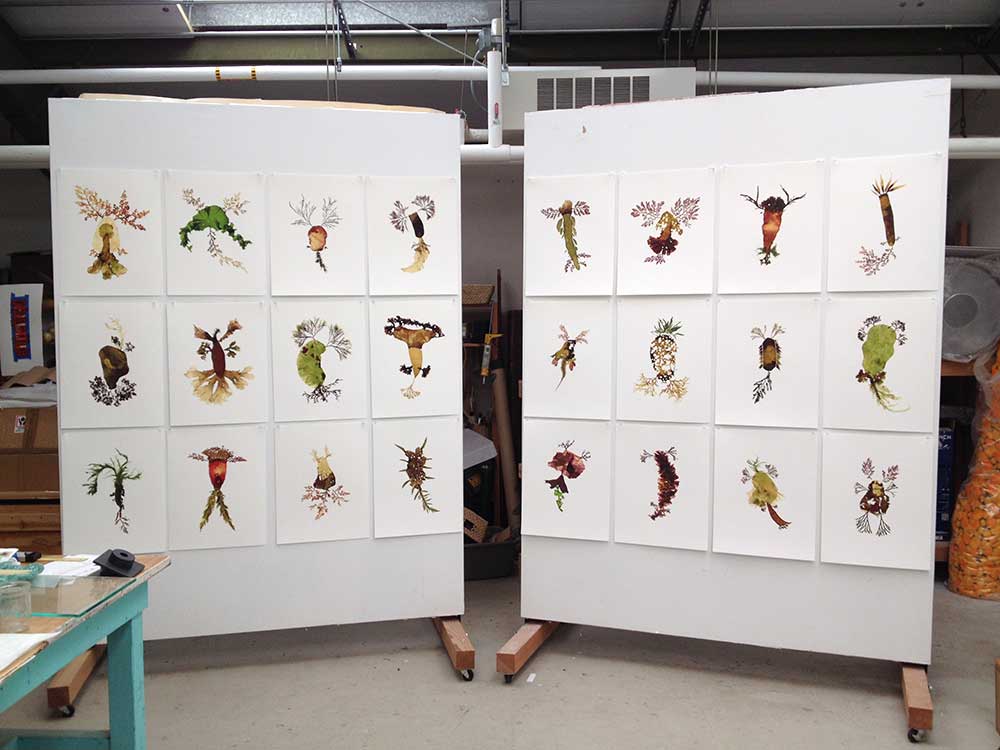
part of Copepodilia in my studio
The amount of seaweed that washes up in Stillwater Cove is amazing. It seems to be vastly more than any other beaches in the area – forty or so types as opposed to four or five. It’s amazing. And smelly. And I’m learning that the amount also depends on the time of year, with late summer bringing in huge swaths, making deep and wide tidelines.
Just as I was starting to learn the names of all of these different algae, I read in Melanie L. J. Stiassny’s “Opulent Oceans: Extraordinary Rare Book Selections from the American Museum of Natural History” that copepods were the most numerous animal on the planet, and that they inhabited nearly every body of water on earth. I’d heard the name copepod but didn’t really know what it was. I looked it up, but then stopped… and before I could fix a factual understanding of copepods in my mind, I started making these imaginary ones, using the Victorian art of seaweed pressing. They share the basic anatomical structure of copepods, but then veer off into quixotic possibilities, largely dictated by the seaweed itself. The final series has sixty-four prints, 22″ x 17″ on Arches cold press. The final prints have an uncanny three-dimensional realism, yet also look like watercolor in places, bleeding into the paper. There are a few more on my website.
 Yesterday, on my drive back to Berkeley, I caught a radio show called “Says You!” It was about language, in the guise of a game show, and it was hilarious. An example:
Yesterday, on my drive back to Berkeley, I caught a radio show called “Says You!” It was about language, in the guise of a game show, and it was hilarious. An example:
Q: What is the difference between an obsession and a compulsion?
A: About ten years in federal prison.
The contestants eventually gave a legitimate answer, but the best part was the associative ad lib path to getting there. As with art. A listener had written in asking them to revive a topic from a previous episode based on nautical terms. As part of this, they mentioned that we all gain and lose a tiny bit of weight each day, in the form of salt water, due to the gravitational effects of the moon. This made me feel much better, driving away from the coast, realizing that there was an echo of the ocean inside of me, pulsing in sync with the Pacific.
Growing up on the east coast, high tide was for swimming, and low tide was for searching for animals under the mud and in tiny crevices and trapped pools. In between tides was for all of the above. This is what life is: swimming at high, searching at low.
